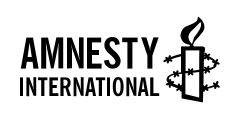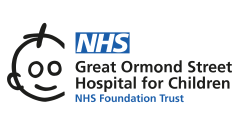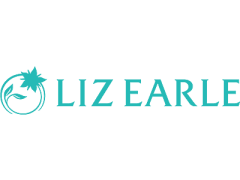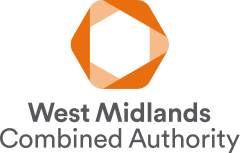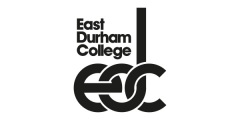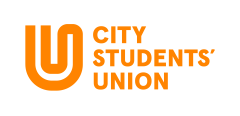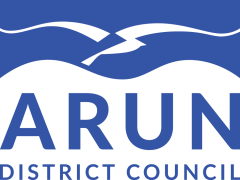
Who We Work With On Accessible Websites
At Access by Design, we support organisations that want to get accessibility right. From charities to corporations, our clients rely on us to build accessible websites and carry out website accessibility testing that goes far beyond automated tools. They want digital services that work for everyone — and so do we.
Our clients include universities, hospitals, global charities, tech companies, retailers, schools, arts organisations, and local authorities. Some are large with complex systems. Others are small businesses looking to grow. What they have in common is a commitment to doing things properly. They are ready to move beyond minimum requirements and build something that truly works.
Why Clients Choose Us For Website Accessibility Testing
Many of our clients come to us after discovering that their site is not usable for people with disabilities. Sometimes they have received complaints. Sometimes they have tried website accessibility testing and seen issues they do not know how to fix. Others are preparing for new legislation and want to make sure their digital services are compliant.
We are known for being practical, honest, and thorough. We test sites using both expert tools and disabled users. We explain exactly what is wrong and how to fix it. We begin with structured website accessibility testing to identify technical issues, then go beyond that to uncover the real barriers users face. It is this combination that our clients value most.
What We Deliver Through Accessible Websites
All accessible websites we build meet a strict design and code framework based on international WCAG standards. Clients receive sites that are simple to manage, clear to navigate, and structured to support assistive technologies. We make sure the back-end is just as accessible as the front-end, so content editors and admin users are not excluded.
When we carry out an audit, we do not rely on software alone. Website accessibility testing helps surface the key patterns and code-level gaps, but it is the manual testing that provides true insight. Clients see exactly how their sites perform in real-life situations, across a wide range of devices and user contexts.
Accessible Websites Need Real Testing, Real Feedback
Our clients tell us that one of the most valuable parts of our service is the feedback from disabled testers. These are people who rely on screen readers, keyboard navigation, or alternative input methods every day. They show how difficult some tasks can become when a site is not designed with accessibility in mind. Their insights guide our recommendations and give our clients confidence in the changes they make.
We believe that all accessible websites should be tested by the people who are most affected when things go wrong. Automated tools are useful, but they cannot understand intent or frustration. That is why we use website accessibility testing as part of a wider process, not as the solution itself.
Ongoing Website Accessibility Support
Many of our clients stay with us for years. We provide training, updates, monitoring, and long-term advice. Accessibility is not a one-time fix. Standards evolve, content changes, and new features are added. We help our clients keep their accessible websites compliant and usable over time, not just at launch.
We also help our clients create accessibility statements that reflect real progress. These statements do not just meet legal obligations. They tell users that their needs are being considered and respected. That is how trust is built.
Results From Website Accessibility Testing
Our work has helped clients meet procurement criteria, pass legal reviews, improve usability, and reach more people. One client used the results from website accessibility testing to secure new funding. Another gained national press coverage for taking accessibility seriously. Some have avoided legal risk by acting early. Others have simply received messages of thanks from users who can now access their services.
For an example of the impact of accessibility on everyday life, visit Scope UK, a national disability charity.
Get Started On The Journey Towards Accessible Websites
If you are thinking about how to improve your site, we would be happy to help. Whether you need a full audit, a new build, or a second opinion on a report you have received, we can support you. We will start with expert website accessibility testing and go from there.
What matters is not just finding the problems. What matters is fixing them in a way that is clear, respectful, and sustainable. That is what our clients count on us for. That is what we do best.


